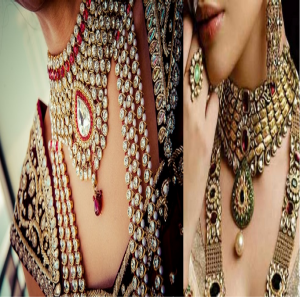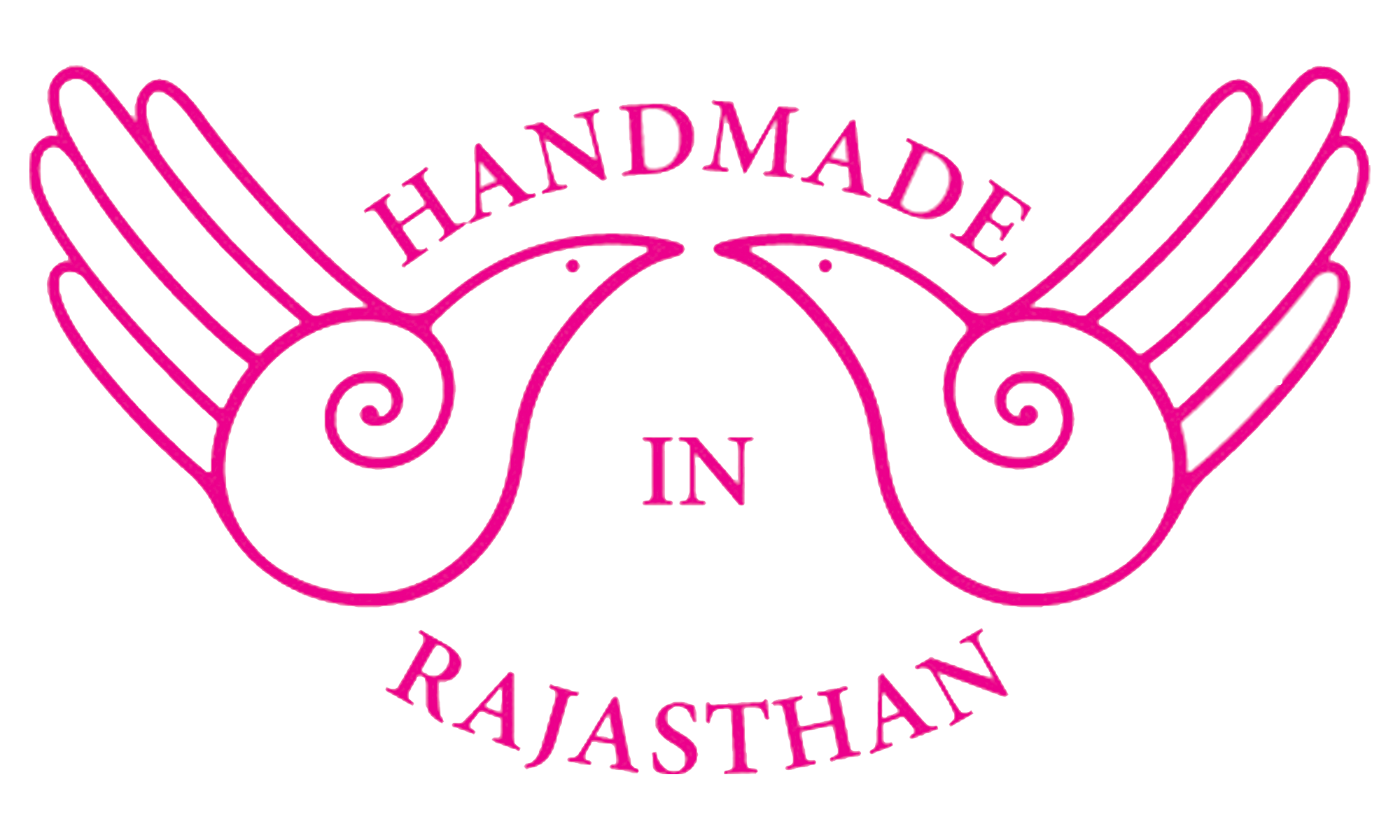- Home
- About US
- Art and Craft
- Artisans
- Master Crafts Persons
- Supporting Institutions
- News and Events
- Schemes
- Contact us
- Contact

Origin of Kundan jewelry: It is believed that Kundan jewelry first originated in India in Delhi during the Mughal period. Back then, the royal class used to adorn intricate pieces of Kundan jewelry. However, at a later stage, artisans moved to Rajasthan. Over a period of time, a whole cluster of Kundan artisans settled in Rajasthan. That’s when Rajasthan got the reputation of making the finest Kundan Jewelry in India. Today, the cities of Bikane, Jaipurr and Nathdwara are well known for their Kundan Jewelry.
Making of Kundan Jewelry follows a very intricate process. It is a long process with each stage handled by a separate, skilled worker. It starts with beating of gold in a very thin sheet. This acts as the base for the jewelry. This sheet is then filled with lac, or laakh. Lac is a byproduct of tree sap and known to be a natural resin. It is in this lac that the stones or gems are set with a help of hot coal. In order to give the stones a strong grip on the metal, 24 carat melted gold is poured into the sides. This 24 carat gold is what is known as Kundan, and hence the name. Kundan is poured, or rather inserted in the holes with the help of a very small stick. Parallel to this process of setting the stones is the process of making the frame of the jewelry. Frame of the jewelry refers to whether it is being made as earrings, necklaces, pendants etc. Once the frame is made, it is then welded to the base with the help of gold.
At the end of the whole process, the jewelry piece if then cleaned and washed to remove dark spots due to welding.Sometimes, to make the jewelry look even more intricate, Meenakari is done on it. Meenakari refers to the art of engraving on metal. Traditionally, Meenakari is done on gold only. However, in recent years, it is being done on metals such as brass, copper etc. too.

